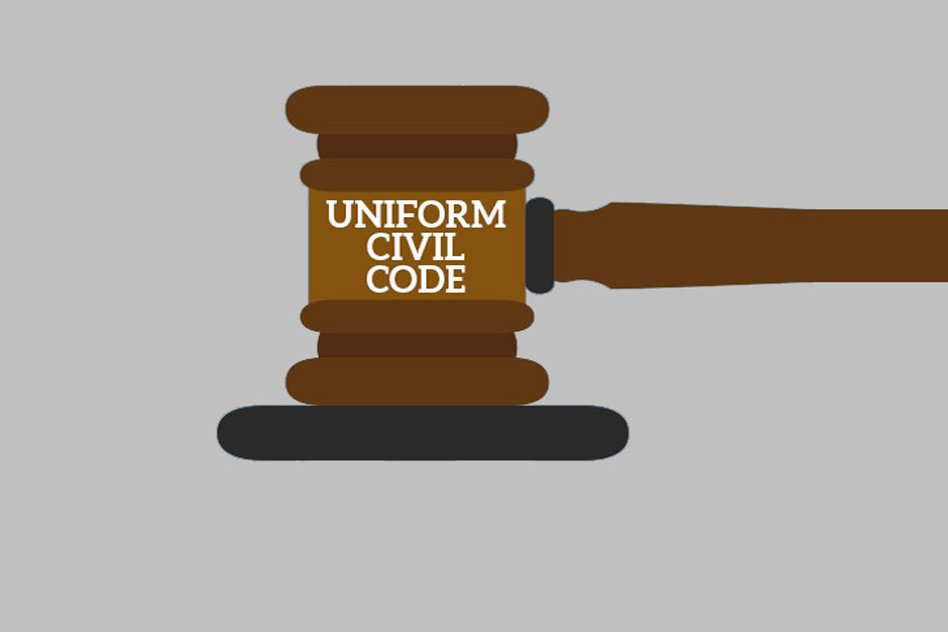Essay on the Uniform Civil Code – Law cannot afford to be selective in application. It has to be general and uniform unless the area of operation of a particular law or the people it deals with are distinguishable from others and such distinction has reasonable connection with the purpose of the law in question.
If any law or body of laws violates this basic condition, it would, sooner or later, face resistance on moral or social grounds, if not strictly on legal ones. The framers of the Constitution understood it well enough to prescribe under Article 44 that the “State shall endeavor to secure for the citizens a uniform civil code throughout the territory of India.”
There has been a call for the enactment of uniform civil code from many quarters, but the issue remained unresolved despite heated debates, both inside and outside the court rooms.
ADVERTISEMENTS:
In the much-talked-about Shah Bano case (Mohd. Ahmed Khan v. Shah Bano, AIR 1985 SC 945) the Supreme Court held that Section 125 of the Code of Criminal Procedure (CrPC), being a secular provision was applicable to all and therefore in accordance with it the husband was bound to maintain his wife so long as she does not remarry. The Court lamented that the legislature had turned a blind eye towards Article 44.
Under tremendous political pressure the then Prime Minister Rajiv Gandhi, tried to get around the Supreme Court judgment in the Shah Bano case by enacting Muslim Women (Protection of Rights) Act, 1986, whose constitutionality came under challenge in Daniel Latifi case [Daniel Latifi v. Union of India, (2001 7 SCC 740)].
The Supreme Court applied the doctrine of harmonious construction and construed the enactment very much in line with its Shah Bano judgment. The position, therefore, is that a Muslim woman is entitled to fair and reasonable maintenance under Section 125 of the CrPC so long as she remains unmarried after the divorce.
ADVERTISEMENTS:
The Supreme Court was petitioned on many occasions regarding Uniform Civil Code, but it has refused to interfere in the domain of the legislature through judicial verdicts.
However, it has, time and again, reminded Parliament and the government of the existence of Article 44 and the constitutional obligations of the State towards the provision, the last being in the Sarla Mudgal case.
Despite the desirability of a uniform code, the Supreme Court cautioned in Pannalal Bansilal Patil v. State of Andhra Pradesh, (1996) 2 SCC 498, that the enactment of uniform law for all persons “in one go may be counterproductive to the unity of the nation.” Therefore, it is a rocky path that is to be carefully trodden.

